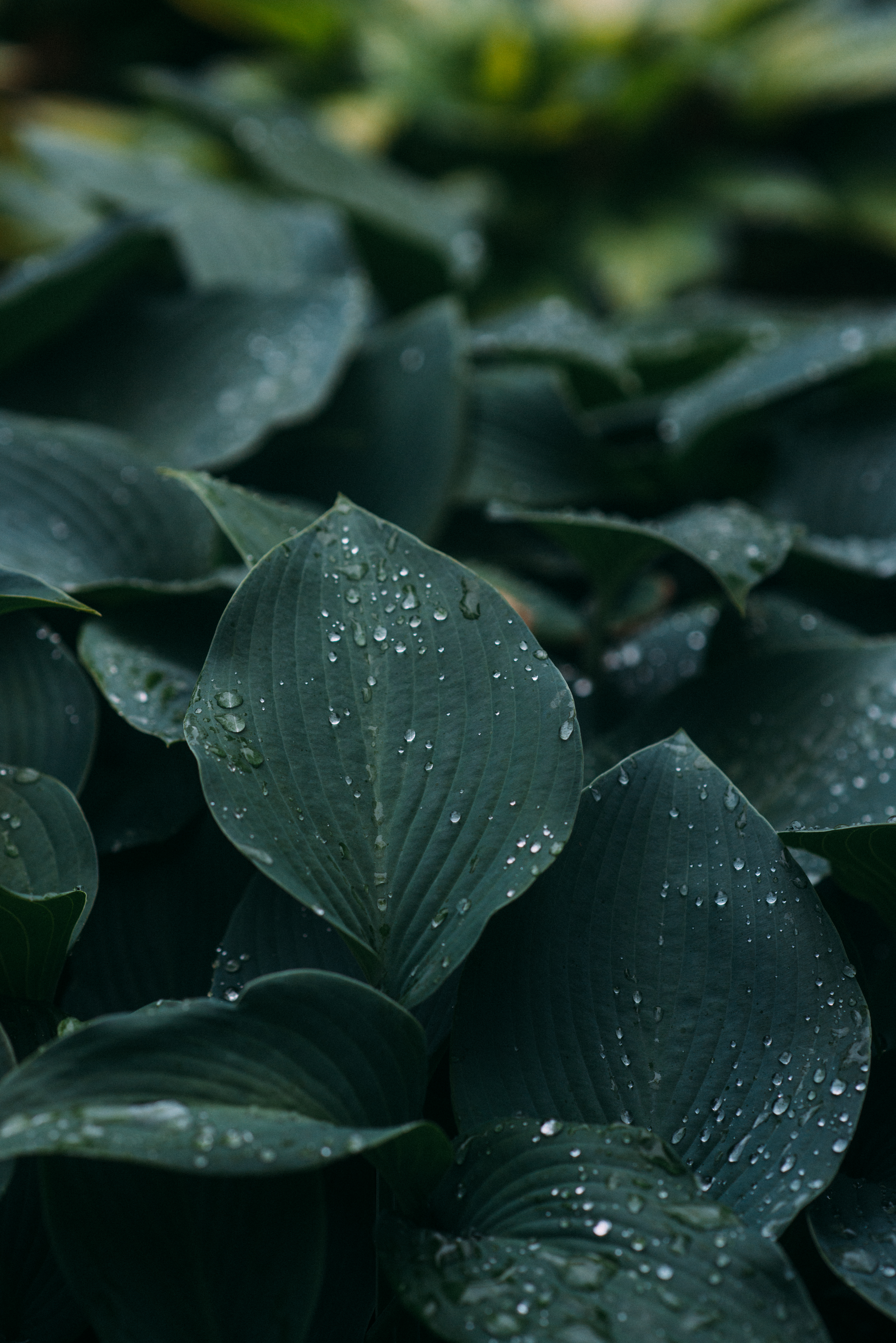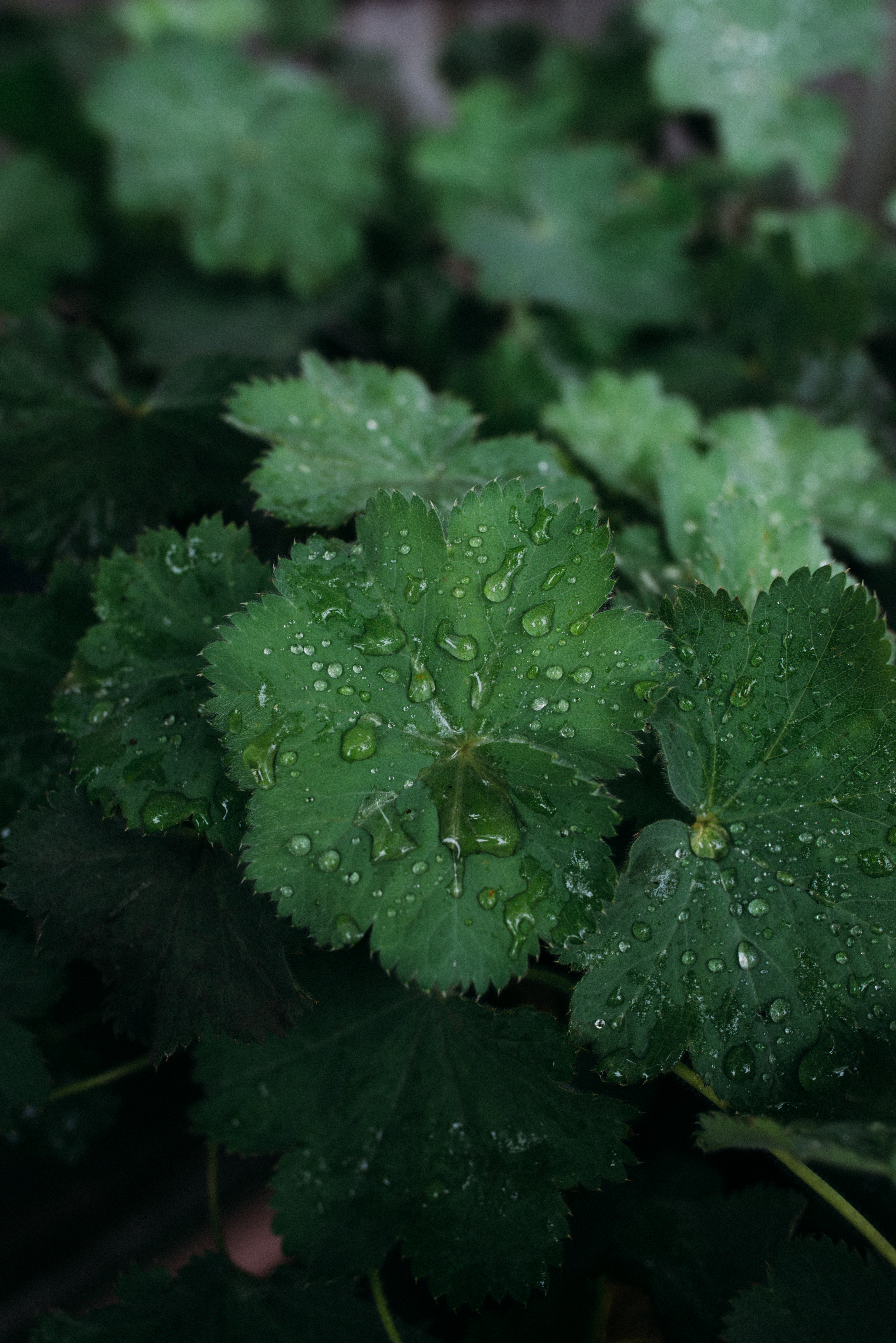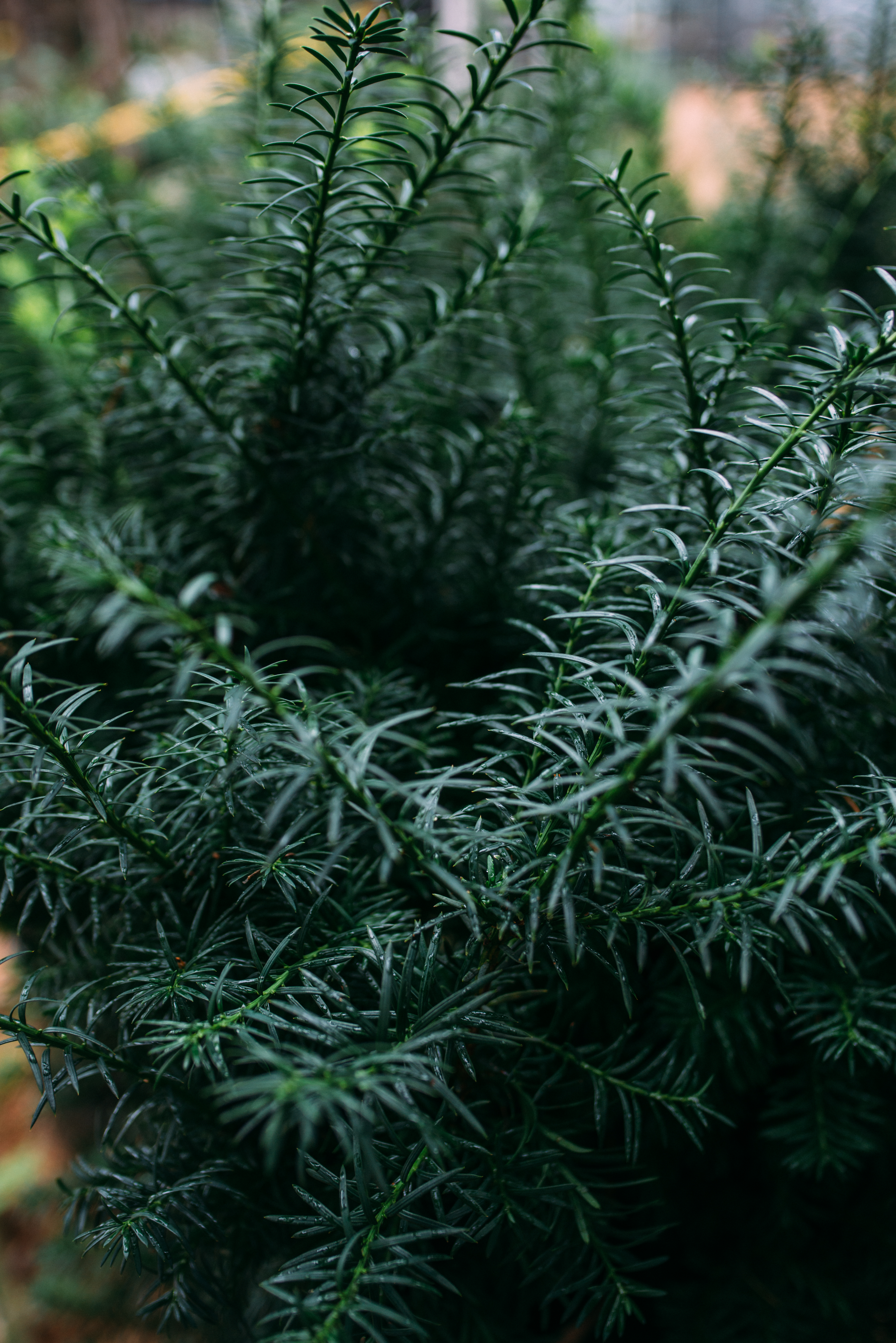Texture and Color in the Shade Garden
Posted by Megan Nichols on Jul 11th 2020
Big trees are a gorgeous feature in the landscape. They can create a challenge for gardeners who wish to plant in those lower light conditions, though. Shade gardening may seem daunting, at first, but there is a great variety of plants that do well in partial sun to shade. After taking into consideration light and water, the most important design element is getting a mix of plants based on foliage color and texture. Luckily, it’s also pretty easy to do, and what better time to be gardening in the shade than in the heat of July?
Light Basics
Like all plants, the first thing to make note of when choosing perennials is how much and what kind of light is available. How much direct light an area in the garden or landscape receives each day determines what can be planted.
Full sun - 6 or more hours
Partial sun – 3-6 hours
Shade – less than 3 hours
Other light conditions to consider:
Most perennials can be grown in two of the three lighting conditions.
Dappled light and time of day create unique situations.
Most shade and partial sun plants aren’t going to love hot afternoon sun.
Pairing Plants
Think “foliage first.” Consider leaf color and texture before blooms. Blooms can be fairly short lived on shade plants but the foliage will be there all season long. Hosta, Ferns, and Aralia make great base plants that provide structure, color contrast, and textural variety.
Top Plant Picks
Hosta

Partial sun to shade. There is a large variety of overall height and width of these plants, as well as leaf color and variegation. Hosta will bloom white or purple, and bees will visit the blooms.
Ferns

Partial sun to shade. The lacy foliage makes a great contrast for chunky, leafy plants like Hosta.
Astilbe

Partial sun to shade. Keep Astilbe well-watered and don’t let them dry out, the leaves will crisp up and won’t recover. The bloom spires come in a shade of white, pink, and purple and the plants can range in height from 12 inches to 3 feet.
Cimicifuga

Partial sun to shade. Also called snakeroot. Dark foliage and white to pale pink flower spikes make this fall bloomer great for contrast in the shade garden.
Lady’s Mantle

Partial sun to shade. The fuzzy leaf is the best part, especially after a rain when water droplets sit on the leaves.
Yews

Sun to shade. The tags always read sun, but this is the plant to grow on the North side of a house because they can actually take the shade. Taunton yews grow 3-4 feet high and 5-6 feet wide, Capitata get up to 20 feet tall and 10 feet wide, Hicks are great for hedging, growing 3-4 feet wide and 12 feet tall, but can be sheered to create a flat top and maintain size.
Annabelle Hydrangea
Sun to shade. These can go down to two hours of sun and still bloom. 5 feet tall and wide, but they sucker so they’ll grow even wider.
Climbing hydrangea
Sun to shade. These can grow with no direct sun and still bloom. Grow up to 20’ long.
Turtlehead Partial
Sun to shade. Native bumble bees love this one! Over time it will grow to look a little more like a shrub, it just gets full and round.
Aralia
Partial sun to shade. Technically a perennial so it will die back to the ground every winter, but grows large enough to look like a shrub every summer. The bright, chartreuse foliage gives shady areas a bright pop of color.
Ninebark
Partial to full sun. This shrub is a great solution for an area that gets partial, hot afternoon sun. It’s drought tolerant once established and easy to care for.
Japanese Forest Grass
Partial sun to shade. Low mounding, chartreuse grass provides bright contrast and graceful motion to the garden.
Geraniums
Partial to full sun. Highly underutilized plant, geraniums are great repeat bloomers that, although they have small flowers, put on a big show. The one that won’t rebloom is bigroot, or Beven’s, but it’s big fuzzy leaves make up for it. Watch out, it’s a spreader.
These are just a few to get you started. Happy shade gardening!
Photos by John Grunow
Follow me on Instagram for more!

